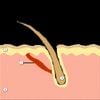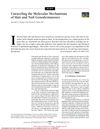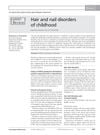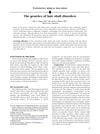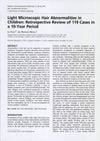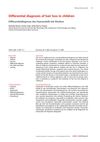Epilepsy and Neurodegeneration: Clues in the Hair and Blood Vessels
October 2018
in “
The journal of pediatrics/The Journal of pediatrics
”
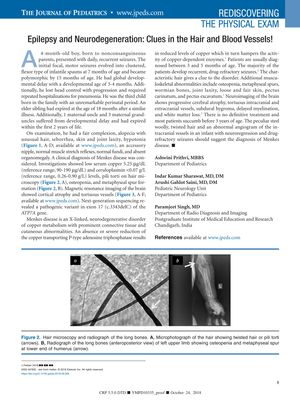
TLDR The document concludes that specific hair and blood vessel abnormalities in infants with seizures and developmental issues may indicate Menkes disease, which lacks a cure and is often fatal by age 3.
The document discusses a case of Menkes disease, an X-linked neurodegenerative disorder related to copper metabolism, in a 4-month-old boy who presented with daily, recurrent seizures and developmental delay. The patient had characteristic physical features such as fair complexion, alopecia, unusual hair, and skin and joint laxity. Diagnostic tests revealed low serum copper and ceruloplasmin levels, pili torti on hair microscopy, osteopenia, and metaphyseal spur formation on radiographs. Magnetic resonance imaging showed cortical atrophy and tortuous vessels, and next-generation sequencing identified a pathogenic variant in the ATP7A gene. The document highlights that peculiar steel woolly, twisted hair and abnormal angiogram of intracranial vessels in an infant with neuroregression and drug-refractory seizures should suggest the diagnosis of Menkes disease, for which there is no definitive treatment and most patients succumb before the age of 3.
